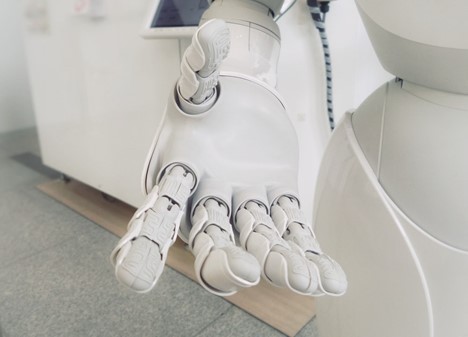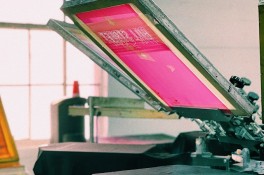
If you're still using the term computer age, then it's time to update your vocabulary. There are dozens of different buzzwords floating around academia and the business world these days, but the one that most aptly describes the current state of the manufacturing and customer services universe is robotic. The word, and the robot, have been a staple of the product creation process for at least a couple of decades. The new wrinkle in the situation is the nearly complete inundation that robotics, as a full-scale engineering and logistics discipline, has achieved. Pick any product or service industry and you'll find a machine automated, application driven, or robot device somewhere in the background.
Product Picking
Many warehouse companies around the world hire pick and pack employees every year, especially in the months leading up to major gift giving holidays. This sector of the economy was one that was almost begging for an automated solution. That's because, in an era where even the simplest scanners can read and interpret labels, it seemed like a logical step to use robotic technology for the picking part of the job, if not packing. Now, with breakthrough devices that can fully automate the chore of pulling an item off a warehouse shelf, companies who can afford these latest robots are putting them to work so seasonal human workers can be put on other jobs that machines can't do, like packing the items for shipment and interacting with customers via chat or on the phone.
Fleet Management
Management of vehicle fleets is one of the areas where high-level programming apps reign in today's trucking industry. That's good news for busy, over-worked managers who used to spend a majority of their time tracking hours, miles, products, and incidents in the pre-app era. Of the dozens of excellent fleet management application software on the market, the best of the bunch can give managers the freedom to focus on more essential, long-term tasks like planning and customer care. These applications are designed to ease the burden on a wide range of employees who would rather attend to the business of delivering goods than keeping track of complex statistics.
Delivery Bots
One of the aspects of the product cycle that has not yet been completely dominated by robotics is delivery. Self-driving vehicles are still facing legislative, engineering, and social acceptance snags. But routing, fleet management, and customer tracking software lets human drivers make quick, efficient, accurate deliveries without having to do all the planning themselves. The modern delivery driver can concentrate of road safety, double checking data at the point of drop off, and even a bit of customer interaction. Will there ever be delivery bots that do it all? Never say never, but don't expect them to be in widespread use before the end of the decade.
Food Prep
Food preparation was one of the first areas where industrial-like bots were used. As far back as the 1960s, programmable machines ushered burgers and other fast-food items down an assembly belt and delivered them to busy workers at the end of the line. Today's food industry apps are light years ahead of those early versions, and can operate a stand-alone food store with minimal human help.
© 2017 Jobs & Hire All rights reserved. Do not reproduce without permission.
* This is a contributed article and this content does not necessarily represent the views of jobsnhire.com




